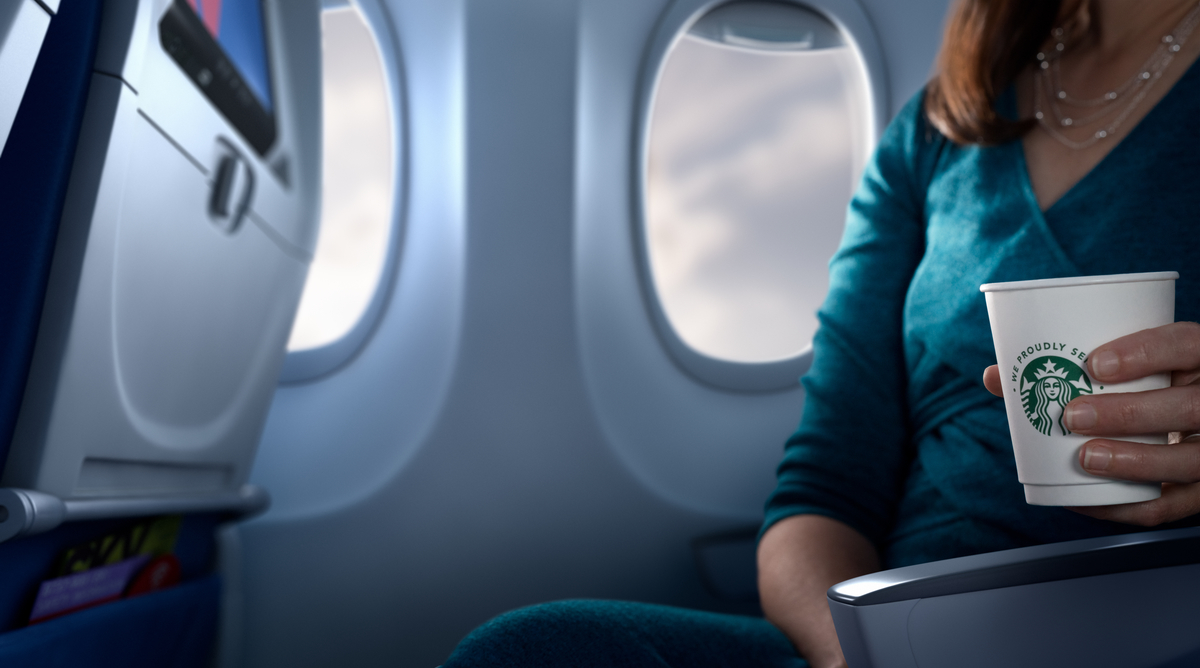
We wouldn’t be saying anything new if we told you that being a flight attendant can be a very tiring career. The long flights, jet lag and irregular hours can be exhausting – especially if you don’t have enough rest between flights. But for flight attendants in the United States, adequate rest is exactly the thing they’re not getting enough of – time to order a venti Americano.
Simply put, Federally mandated rules which govern the number of hours rest that airlines have to give their flight attendants just haven’t kept up with what we now know about fatigue and how it can seriously jeopardise safety. Luckily, that could be all about to change.
For years, flight attendants have been fighting to increase the minimum required rest between flights to 10-hours and not a minute less – and that very provision has now been worked into a major five-year FAA Reauthorization Bill. If the law passes both the House and Senate, it will be the first change to flight attendant rest periods for 24-years.
The Association of Flight Attendants (AFA) says the change couldn’t come soon enough. The union, which represents around 50,000 flight attendants at 20 airlines across the United States claims there’s increasing evidence to prove that flight attendants are fatigued under the current regulations – impeding them from doing their jobs safely.
Yesterday, we heard that a bipartisan final agreement had, at last, been reached, including a provision to change flight attendant rest periods:
“A flight attendant scheduled to a duty period of 14 hours or less is given a scheduled rest period of at least 10 consecutive hours; and the rest period is not reduced under any circumstances,” the Bill read.
At present, flight attendants only enjoy a minimum of 8-hours rest which can be bitten into with transport to and from a hotel, and in some circumstances even deplaning.
Only a few days ago, AFA had warned that the Republican leadership of the Transport senate committee were trying to water down the provision from 10-hours down to 9-hours – although they clearly didn’t succeed. The agreement is set to go for a vote in the coming days and we should expect a final announcement before the September 30th deadline.
The 1,200 page Bill is required to keep the Federal Aviation Authority (FAA) adequately funded but it also contains many other provisions – many of which could have a big impact on the passenger experience.
“This bill enhances the travel experience for passengers: It directs the FAA to issue regulations creating minimum dimensions for passenger seats, it prohibits airlines from involuntarily removing passengers from flights after they’ve cleared the boarding gate, and it requires airlines to communicate better with customers during mass flight cancellations and groundings,” explained House Transportation and Infrastructure Committee Ranking Member Peter DeFazio.
“While this legislation isn’t perfect, it is the product of a strong bipartisan effort that will improve and advance the U.S. aviation system for years to come.”
Although it’s not all good news for passengers – airlines managed to have a requirement for “reasonable and proportional” baggage and change fee’s removed from the legislation. A spokesperson from Airlines for America said they applauded the Bill, explaining that it would “provide long-term certainty for the millions of passengers and countless businesses.”
The change in rest time will bring flight attendants on par with pilots who have enjoyed a 10-hour minimum rest period since 2014.
Mateusz Maszczynski honed his skills as an international flight attendant at the most prominent airline in the Middle East and has been flying ever since... most recently for a well known European airline. Matt is passionate about the aviation industry and has become an expert in passenger experience and human-centric stories. Always keeping an ear close to the ground, Matt's industry insights, analysis and news coverage is frequently relied upon by some of the biggest names in journalism.







